Audi are joining the electric car market with the Quattro e-tron, expected in 2018, but in the meantime, they have revealed they expect SpaceX to ferry a special vehicle to the moon for them.
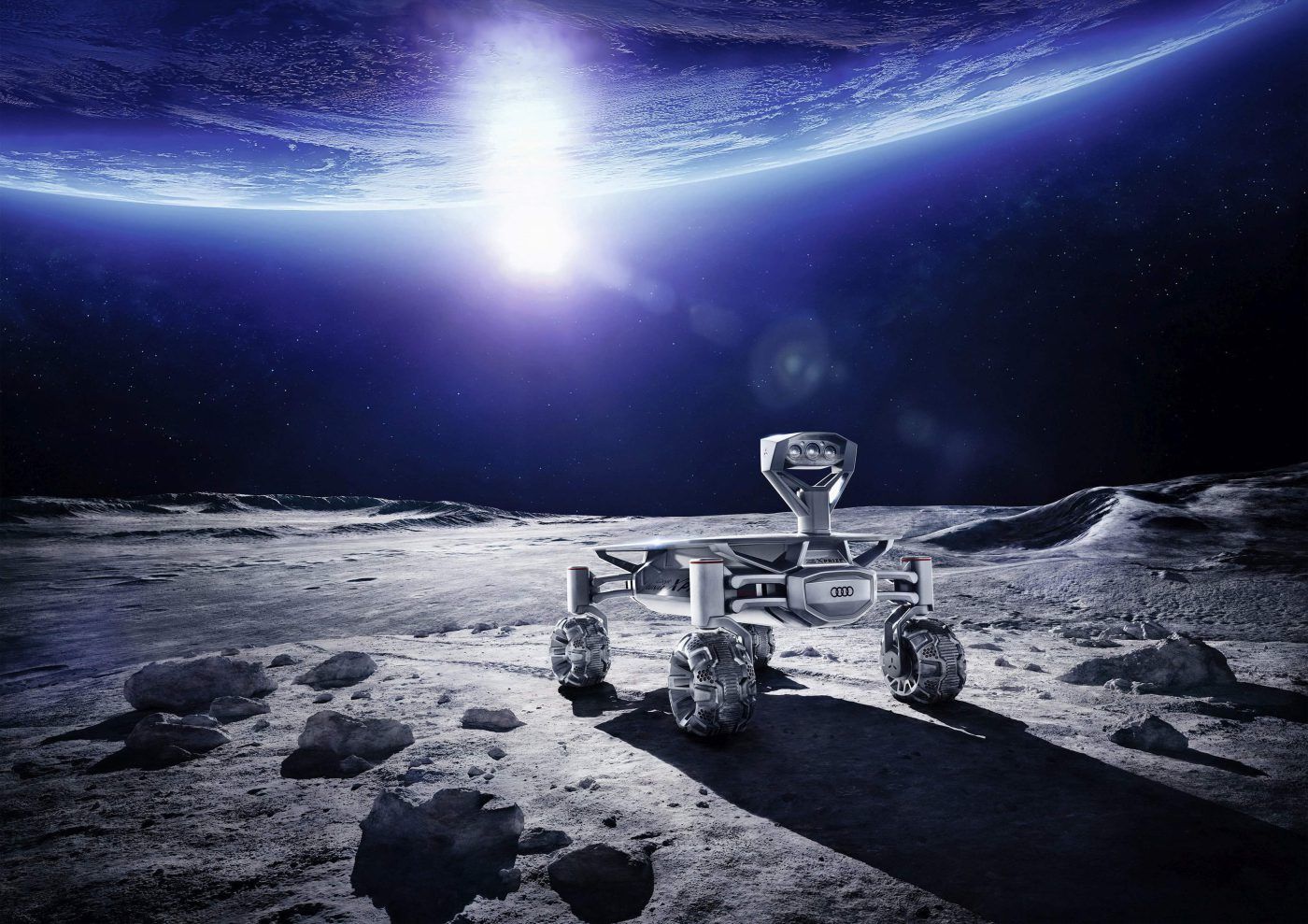
Also Check: Jaguar join the electric car market.
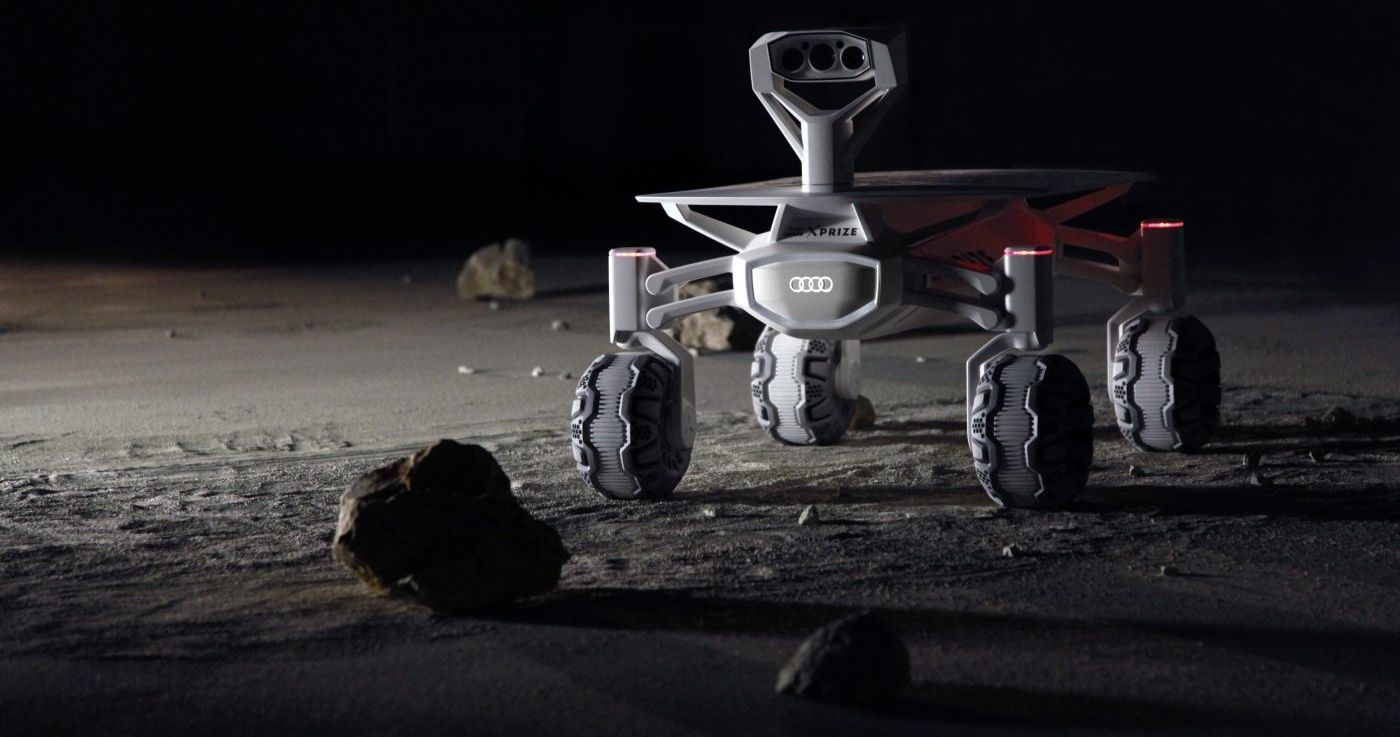
Audi are joining the electric car market with the Quattro e-tron, expected in 2018, but in the meantime, they have revealed they expect SpaceX to ferry a special vehicle to the moon for them.

Also Check: Jaguar join the electric car market.

There has been a lot of digital ink spilled over the recent paper on the reactionless thrust device known as the EMDrive. While it’s clear that a working EM Drive would violate well established scientific theories, what isn’t clear is how such a violation might be resolved. Some have argued that the thrust could be an effect of Unruh radiation, but the authors of the new paper argue instead for a variation on quantum theory known as the pilot wave model.
One of the central features of quantum theory is its counter-intuitive behavior often called particle-wave duality. Depending on the situation, quantum objects can have characteristics of a wave or characteristics of a particle. This is due to the inherent limitations on what we can know about quanta. In the usual Copenhagen interpretation of quantum theory, an object is defined by its wavefunction. The wavefunction describes the probability of finding a particle in a particular location. The object is in an indefinite, probabilistic state described by the wavefunction until it is observed. When it is observed, the wavefunction collapses, and the object becomes a definite particle with a definite location.
While the Copenhagen interpretation is not the best way to visualize quantum objects it captures the basic idea that quanta are local, but can be in an indefinite state. This differs from the classical objects (such as Newtonian theory) where things are both local and definite. We can know, for example, where a baseball is and what it is doing at any given time.
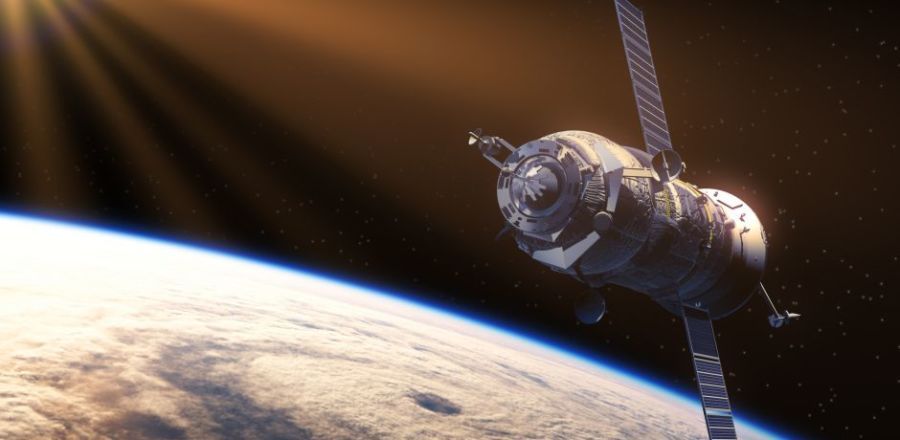
China launched a satellite this month that may be the key to a successful manned Mars mission and eventual colonization of the red planet beating out a similar NASA system scheduled to launch next year.
The world’s first X-ray navigation satellite acts like a GPS guidance system for spacecraft traveling beyond low Earth orbit and is intended to help China put rovers on the moon and Mars.
The X-ray Pulsar Navigation 1 (XPNAV) satellite measures radiation emitted by pulsars to pinpoint the exact location of a spacecraft, John Pye, manager of the Space Research Centre at the University of Leicester, told VICE News.
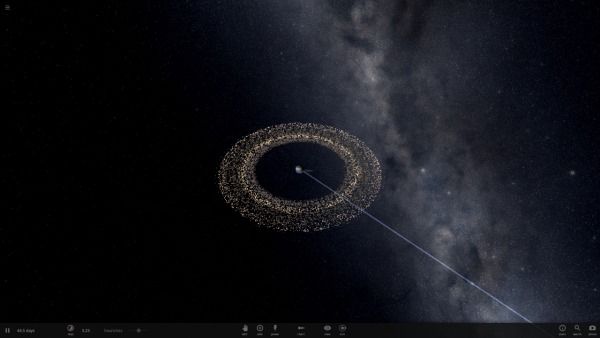
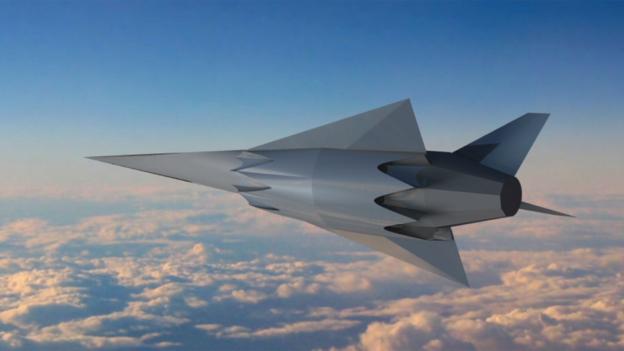
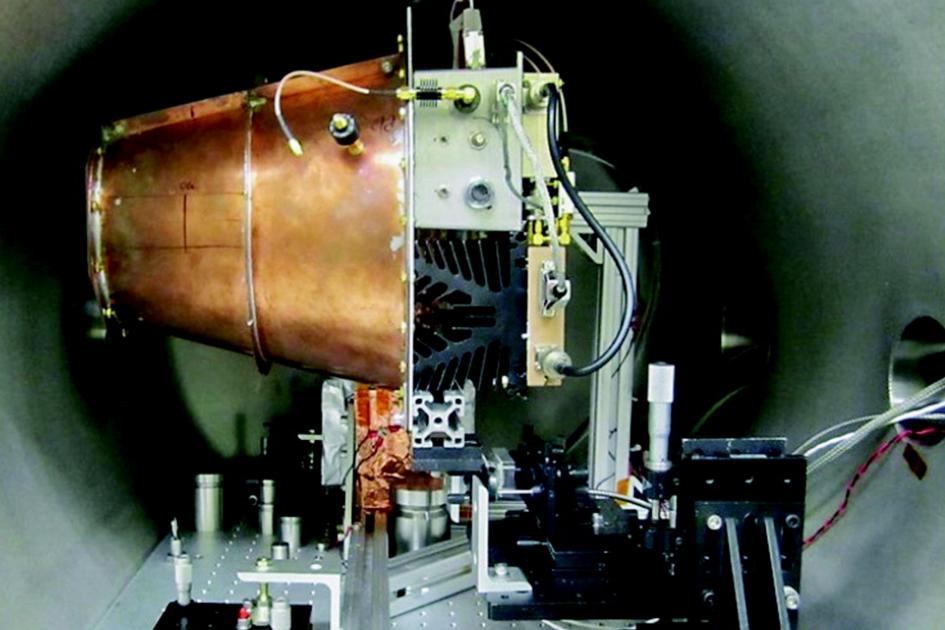
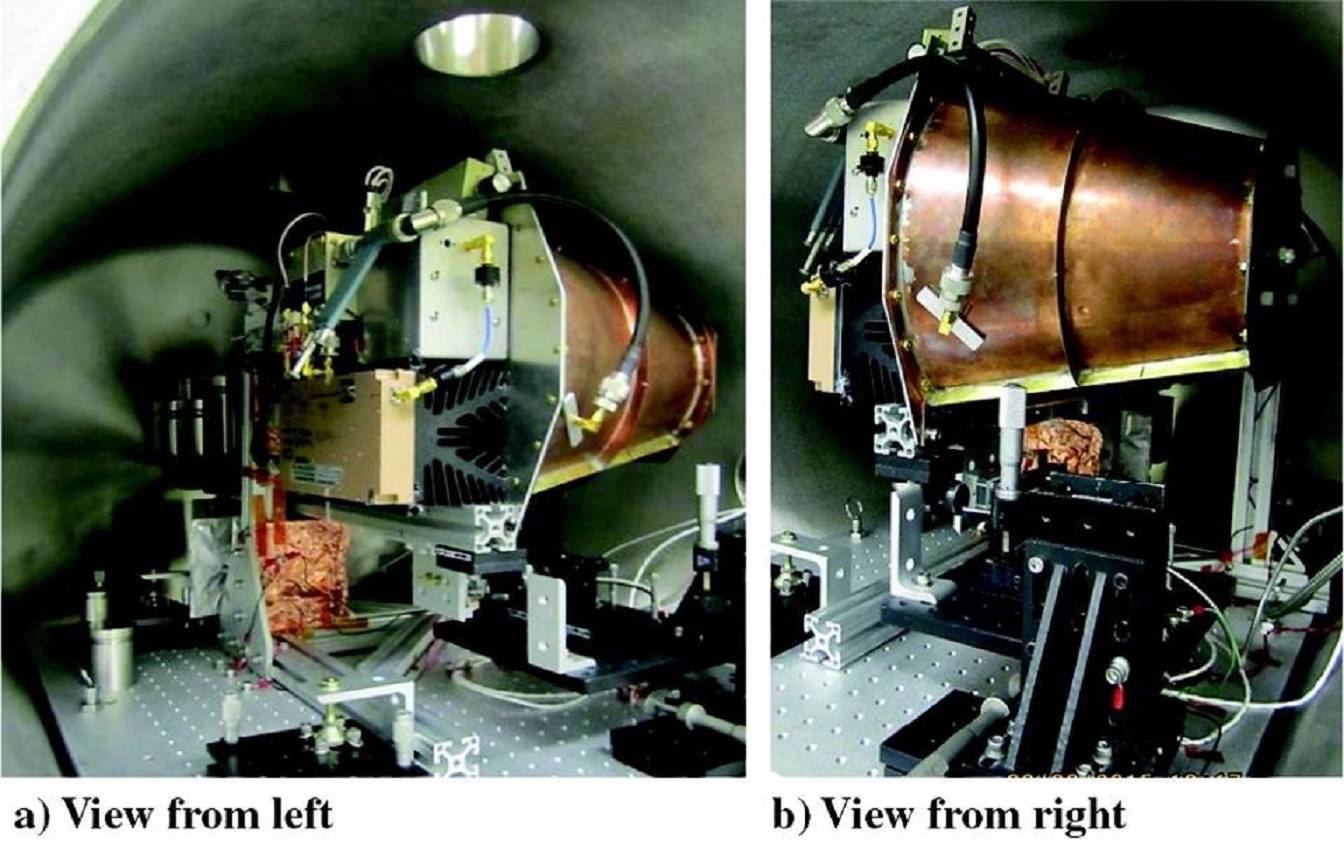
Planetary Resources, Inc., the asteroid mining company, announced today that it has finalized a 25 million euro agreement that includes direct capital investment of 12 million euros and grants of 13 million euros from the Government of the Grand Duchy of Luxembourg and the banking institution Société Nationale de Crédit et d’Investissement (SNCI). The funding will accelerate the company’s technical advancements with the aim of launching the first commercial asteroid prospecting mission by 2020.
Planetary Resources’ Arkyd 6 is equipped with the first commercially licensed mid-wave infrared imager, an essential tool for detecting water on asteroids. Two spacecraft are completed and will test this technology on orbit. Planetary Resources’ President & CEO Chris Lewicki and Luxembourg’s Deputy Prime Minister Etienne Schneider pictured with the Arkyd 6 in Planetary Resources’ clean room facility in Redmond, Washington.
Core hardware and software technologies developed at Planetary Resources were tested on orbit last year. The company’s next mission, now undergoing final testing, will validate the thermographic sensor that will precisely measure temperature differences of objects on Earth. When deployed on future commercial asteroid prospecting missions, the sensor will acquire key data related to the presence of water and water-bearing minerals on asteroids. Obtaining and using these key resources in space promises to fast-track the development of off-planet economic activities as the commercial industry continues to accelerate.

Let’s be honest, we have our fair share of problems on planet Earth: war, floods, disease, poverty, environmental destruction, Justin Bieber (the list goes on and on, really). But we also have a lot of things going for us: the Alcubierre Warp Drive, invisibility cloaks, the Mars rover missions, the discovery of the Higgs (the list goes on and on, really).
How can we weigh all the exciting and inspiring scientific discoveries against all the destruction and chaos? We have an ever expanding list of catastrophes that is coupled with (indeed, that parallels) our unrelenting march towards technological perfection. With such a coupling of unimaginable horrors and magnificent advancements, how can we possibly measure our status as a civilization?
One of the easiest ways to answer this question is to form a scale that will allow us to scientifically measure our technological *abilities* against the technological *possibilities.* Or in layman’s terms, something that will allow us to measure our awesomeness against the total possible awesomeness. Fortunately, there are several ways of conducting such measurements.
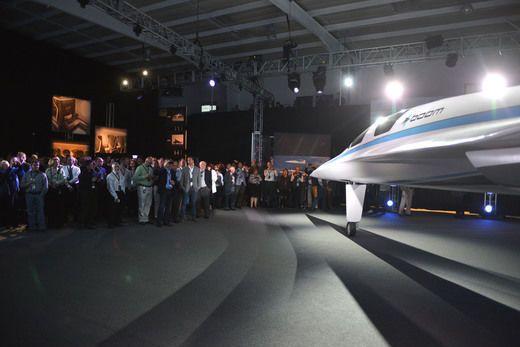
A lot of people are excited about the prospects for supersonic travel and I’m no exception. I’m delighted to share that Virgin Galactic’s manufacturing team, The Spaceship Company, has partnered with Denver-based Boom Supersonic to work on just that.